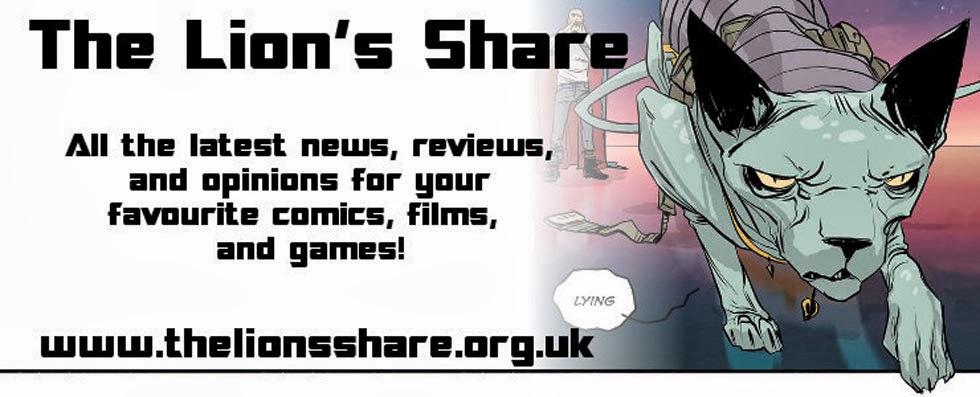There are a handful of comics that only exist thanks to the great success of the games that inspired them. But just how good are these comics when compared to their digital counterparts? This week we look at Diablo, a five part comic series based on Diablo III, written by Aaron Williams.
What's the comic about?
The story focuses on a young man named Jacob, who has been entrusted with the Sword of Justice by Tyrael himself. He must use the sword to overcome a plague of rage that is corrupting and destroying his people. He must also come to terms with his own actions, which have turned the very people he strives to save against him, and given him the unforgiving title “Kinslayer”.
When does the comic take place in relation to game events?
The events in this story take place some twenty years after the end of Diablo II: Lord of Destruction. This puts it just before the beginning of Diablo III, creating a bridge between the two games.
How true are the characters?
Most characters that seem familiar are little more than allusions to the types of characters in the various Diablo games. There is only one immediately recognisable character here, and that's Tyrael. Sadly, he doesn't appear for very long. He pretty much breezes in with his mission, and disappears once he's finished. Most of his references are via other characters talking about him. These never deviate from what we've come to know as his standard: stalwart defender of humanity and justice.
What about continuity?
One possible break in continuity I could find was the betrayal of the barbarians, who have turned from protectors to attackers. Their raids on the neighbouring villages are claimed to have started even before the destruction of Mount Arreat, something which is never seen in Diablo II. However, this is neatly – perhaps too neatly – explained later on, so it can be taken as less of an inconsistency and more of a situation we simply were not aware of. Retroactive continuity is not limited to superhero comics it seems.
The only other issue is the fact that this Rage Plague the comic is based on is clearly important enough for Tyrael to step in – yet this plague is, as far as I can tell, not mentioned in Diablo III at any point. This may be considered a bit of a nitpicky point, but as the game and the comic were in development simultaneously, it would have been nice to see some mention of it made somewhere.
What does the comic do that the game doesn't, or can't?
The comic has one considerable benefit over the game: it isn't limited to cutscenes to give the characters any emotion. The cutscenes in Diablo III are visually very impressive, but are few and far between, and a considerable number of scenes are done in the perspective of the gameplay - top-down, isometric, and at a distance. These scenes fail to bring any emotional impact, as you are essentially reading text on a relatively unchanging screen. The comic is able to get right into the characters' faces, showing every emotion and allowing the writing to work with the artwork rather than carry it.
Can I read this without playing the game?
Well, you could, but I would recommend against it. At the very least, you should be familiar with the events of Diablo and Diablo II (including the expansion, Lord of Destruction). This is largely due to the presence of a massive info dump in the first few pages of the first issue. People who already know the story will be able to skim through it, but if you don't know where it's coming from, it may feel like too much to take in.
Rae is glad Race Week is over.





No comments:
Post a Comment